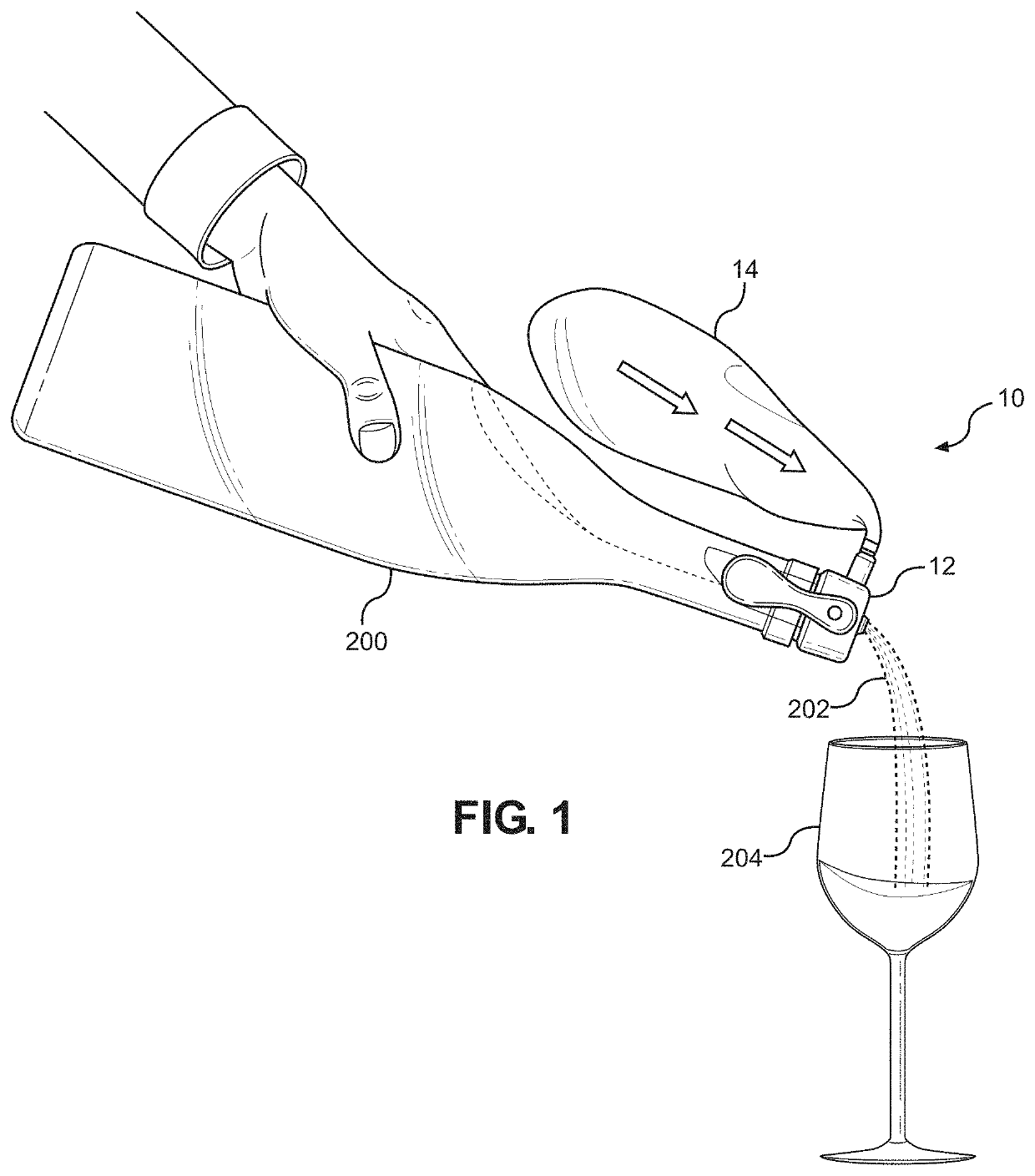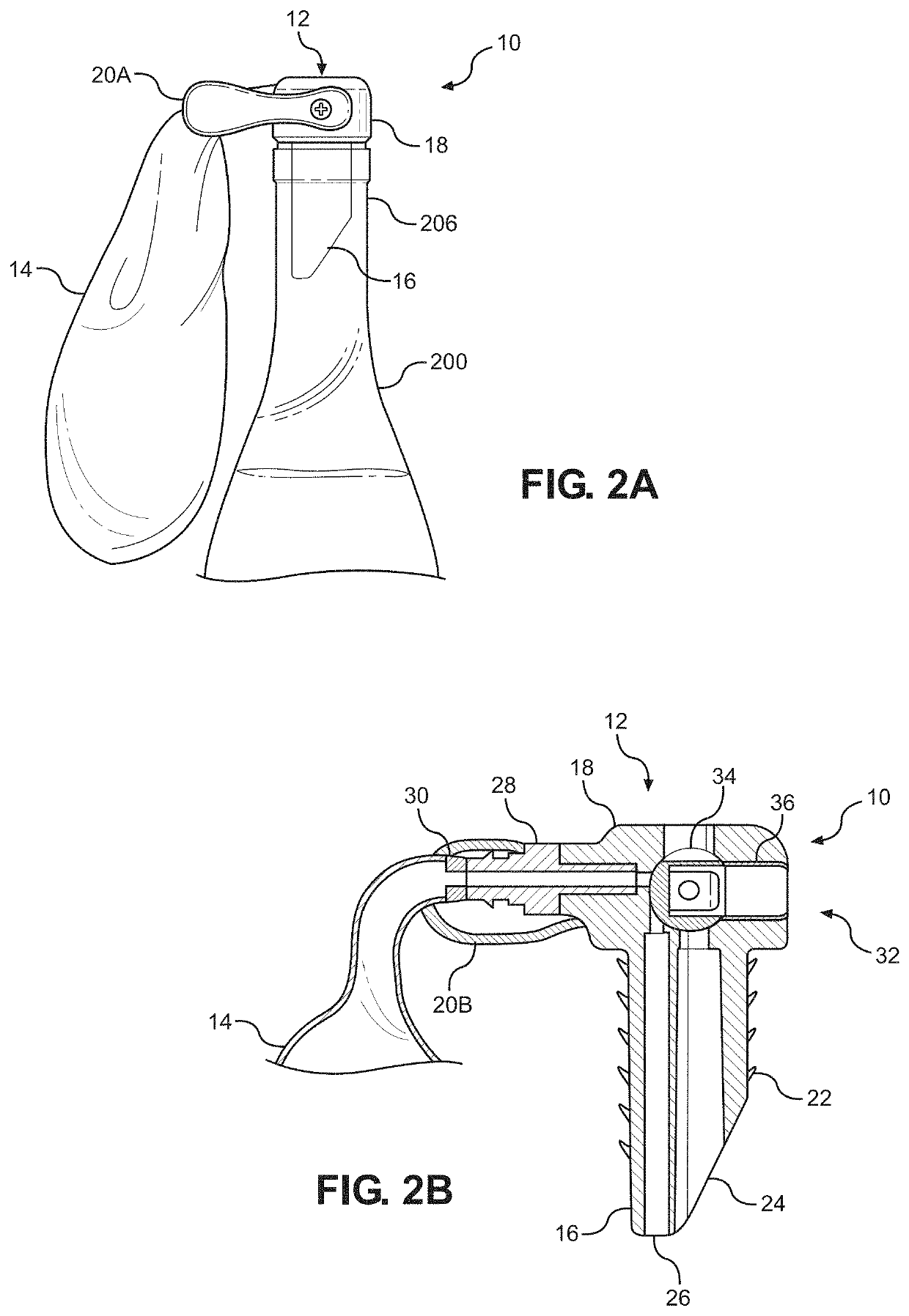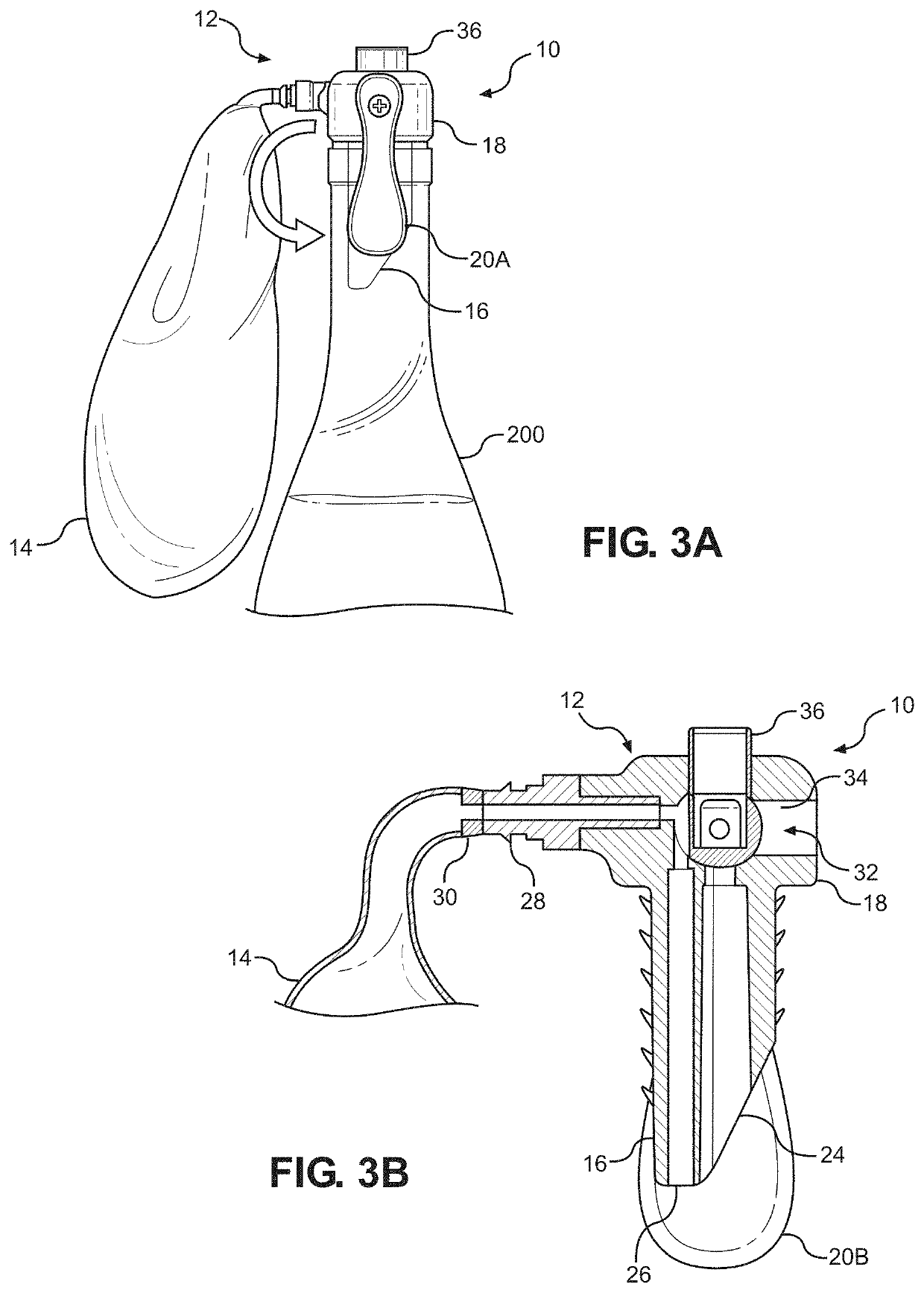Meanwhile, in developing countries and during times of increased demand in all places, shortages of
oxygen and excessive costs can place extreme limits on availability and can jeopardize the health and safety of patients in need.
For instance, during the COVID-19
pandemic that is ongoing during the writing of this document, the demand for
oxygen has left hospitals and other caregiving institutions in dire need of the life-saving gas.
As a result, even while the patient exhales and thus cannot intake oxygen, the oxygen constantly flows and is wasted.
Indeed, half or even more of the constantly supplied oxygen in this continuous pressure feed method is wasted and expelled to the
atmosphere.
The challenge is thus how to provide oxygen in sufficient supply
on demand while minimizing waste.
However, certain conditions can prevent a person from getting enough oxygen.
Low blood oxygen may make patients feel short of breath, tired, or confused and can damage the patient's body.
Moreover, in remote and economically challenged locations, providing ample replenishment of oxygen supplies can be highly costly, even catastrophically impossible.
Meanwhile, with life-saving oxygen in preciously short supply and with oxygen constantly passed through tubing to the patient, at least half of the supplied oxygen is simply exhausted into the
atmosphere, including during
exhalation during which the entirety of the supplied oxygen is wasted.
In these earlier disclosures, it was noted how preserving wines and other beverages and perishable substances once they have been initially exposed to air was long a problem that confronted consumers who want to utilize only a portion of the substance leaving the rest for a later occasion.
Unfortunately, as noted, most attempts of the prior art have failed without expensive and complicated pressurized systems.
For instance, due to its
chemical composition,
wine is susceptible to degradation by an increase in acidity and spoiling when it is exposed to a significant amount of undesired oxygen.
Indeed, to the experienced palate, oxygen typically produces a negative
impact on the taste of
wine within hours of
oxygen exposure.
Although not overly difficult, such methods are of extremely limited effectiveness and reliability.
Each such method and system disadvantageously tends to introduce undesirable contaminants, such as
dirt, oil,
bacteria, fungi, and other contaminants, to the inner volume of the vessel.
The introduction of such contaminants runs directly counter to the goal of preserving the integrity of the contained
wine or other substance and can itself contribute to spoilage while also representing a
hazard to the health of the
consumer.
Even beyond the undesirable
insertion of a
foreign object into what may be a very valuable
bottle of wine, for instance, the system taught by Mahoney and many similar systems of the prior art still leave at some unadulterated, high-oxygen air in the vessel.
Moreover, an unintentional depressurization of the
bulb, such as by leaking or another malfunction, will leave the contents of the vessel fully exposed to
ambient air and consequent degradation.
However, inducing and maintaining a sufficient vacuum has typically proven challenging.
Furthermore, an indication of when adequate
vacuum pressure has been achieved or lost is normally nonexistent.
Consequently, a user cannot be confident that the contents of the vessel are being preserved even when the process is initiated.
This and similar approaches can be challenging and expensive to implement and maintain such that they are outside the budget of many individual consumers.
Where too little gas is injected, the wine or other substance is inadequately protected.
Consequently, many users are tempted to inject an extra burst of gas, which is wasteful and dangerous.
Where too much gas is injected, excess pressure can accumulate in the
bottle leading to leakage or even a dangerous
bursting of the
bottle.
Furthermore, the gas canisters used in such systems are typically disposable, which contributes to environmental waste.
Properly maintained, such systems do insulate the contents of the bottle from excess
exposure to oxygen-rich
ambient air, but the acquisition and maintenance costs and complexities leave the systems accessible only to restaurants and similar businesses and a limited set of individuals.
However, the present inventor appreciated that there are circumstances where continually refilling or replacing
preservative gas within a compressible bladder can be inconvenient or where greater volumes of
preservative gas may be required than can be practically retained in a bladder retaining a given volume of gas.
In these and other situations where there is a continual high demand for gas from the compressible reservoir, replenishing or replacing compressible gas in the reservoir can be impractical.
There are other circumstances where the reservoir may not have an inner volume sufficient in size to supply the
preservative gas needed for preservation in a larger vessel.
 Login to View More
Login to View More  Login to View More
Login to View More 


